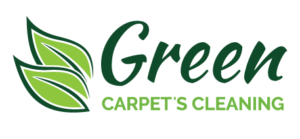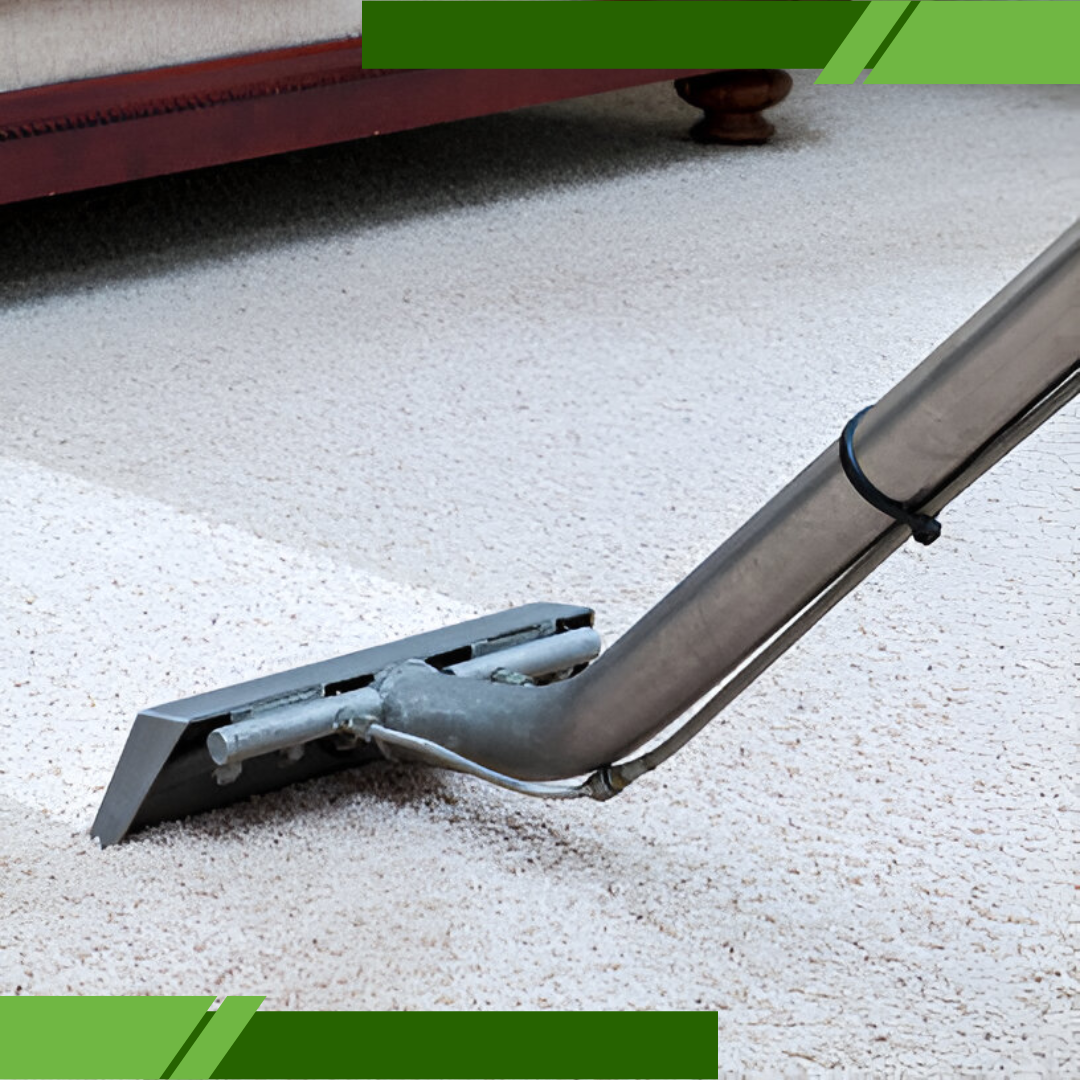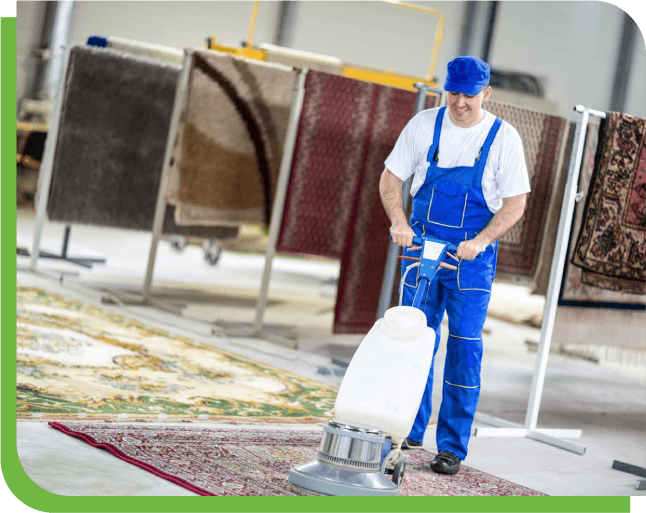Get in touch
Fill this up to proceed

We are committed to providing a world-class carpet, rug, upholstery, drapery or mattress cleaning services that will open your door to a happier and healthier green indoor environment.
A little mess now and then isn’t a big deal—but when dust turns into grime and clutter hides deeper issues, the consequences can be far more serious. Many people overlook the silent dangers lurking in their homes. In Santa Monica, the truth is, the health risks of a dirty house go well beyond embarrassment when guests pop in unexpectedly.
While a messy floor or overflowing bin might grab your attention, the most harmful issues often go unnoticed and silently grow worse over time:
Mold spores thrive in damp corners, quietly triggering asthma, allergic reactions, and respiratory issues.
Dust mites feed on skin flakes and accumulate in bedding, upholstery, and carpets—fueling sneezing fits and eczema flare-ups.
Pet dander builds up rapidly, especially if grooming routines are inconsistent, contributing to poor indoor air quality.
Bacteria like E. coli and salmonella linger on dirty kitchen counters and cutting boards, increasing the risk of gastrointestinal infections.
The truth is, in Santa Monica, the health risks of a dirty house go well beyond embarrassment when guests pop in unexpectedly.
It’s not just isolated germs or allergens. The overall environment of a neglected home can compromise your health in multiple ways:
Weakened immune system due to constant exposure to allergens and bacteria
Mental stress and fatigue from visual clutter and odors
Risk of pest infestations, which bring in additional disease-causing pathogens
Together, these factors create a breeding ground for illness and discomfort—making the health risks of a dirty house more than just a cosmetic concern. They are a serious threat to both physical and mental health.
Sometimes the signs of trouble are subtle. Look for these indicators that your home is crossing the line from messy to hazardous:

Maintaining a clean home doesn’t have to be overwhelming—it just requires a consistent routine cleaning and mindful habits. By creating a weekly cleaning schedule and sticking to it, you can prevent dirt and clutter from accumulating. Focus on high-touch areas like kitchen counters, bathroom sinks, and door handles, which often harbor harmful bacteria. Decluttering regularly also makes cleaning more efficient and reduces hidden dust traps. These simple practices are powerful in minimizing the health risks of a dirty house, such as allergies, asthma, and the spread of germs. A tidy Santa Monica home supports both physical and mental health. In fact, adopting a clean living strategy is one of the best defenses against the silent but serious health risks of a dirty house. Prevention is key—start small and build healthy habits that last.

In Santa Monica, a dirty environment directly impacts your health in the following ways:
Developing clean habits is one of the simplest ways to protect your family from the health risks of a dirty house. Regularly wiping surfaces, ventilating your space, and properly storing food can significantly reduce allergens and bacteria. Keeping floors free of dust and clutter minimizes respiratory irritants, especially for children and elderly individuals. A clean home isn’t just visually appealing—it’s vital for your wellbeing.
For residents concerned about deep-set grime and allergens, professional help can make a big difference. Services like Carpet Cleaning Santa Monica are essential for removing deeply embedded dirt and pet dander that vacuuming alone can’t eliminate. Clean carpets help reduce indoor pollutants and improve air quality. Adopting these habits and seeking expert support when needed will keep your home safer, fresher, and far healthier in the long run.
A: Once a month is a good target for deep cleaning, especially in kitchens and bathrooms.
A: Yes—persistent exposure to allergens, bacteria, and pests can seriously impact your health.
A: Both can be harmful. Clutter often hides dirt, making problems worse over time.
A: Focus on the kitchen and bathroom first—these are hotspots for bacteria and mold.
A: Absolutely, especially if you’re overwhelmed or facing signs of health risks from a dirty house.

We are committed to providing a world-class carpet, rug, upholstery, drapery or mattress cleaning services that will open your door to a happier and healthier green indoor environment.
We are committed to providing a world-class carpet, rug, upholstery, drapery or mattress cleaning services that will open your door to a happier and healthier green indoor environment.